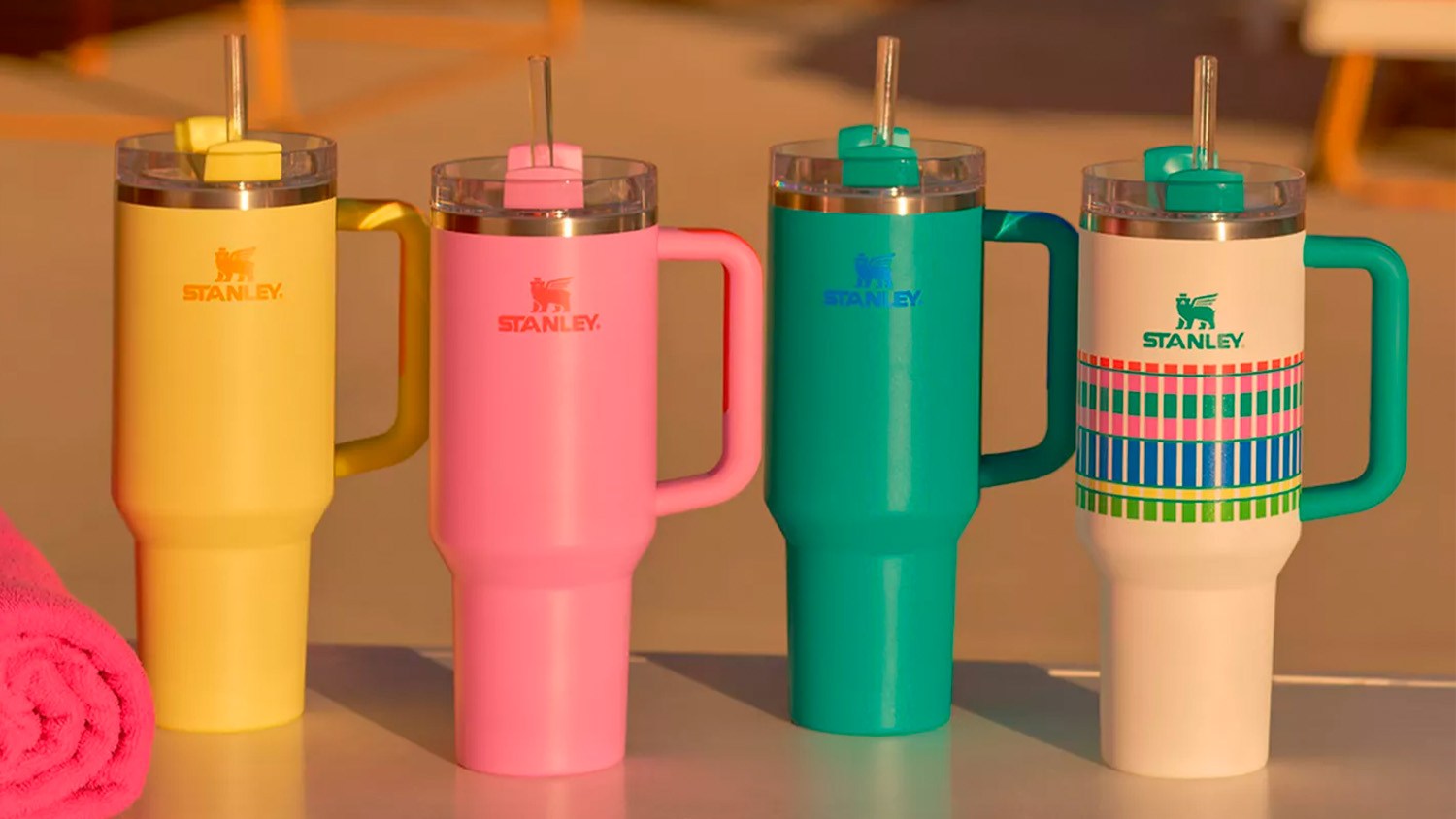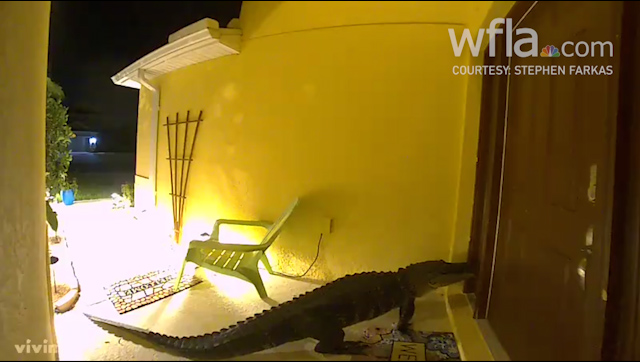TAMPA, Fla. (WFLA) — Thousands of Tampa Bay residents may be unknowingly consuming tap water contaminated by “an invisible toxic cocktail” of cancer-linked toxins, a new survey of the nation’s tap water found.
The Environmental Working Group’s (EWG) 2021 Tap Water Database revealed contamination levels of toxins like arsenic and lead, hundreds of times higher than recommended health guidelines.
Tap water tested from the City of Tampa was found to carry 18 total contaminants including arsenic, which was 198 times higher than EWG’s Health Guideline — levels defined by scientists as the amount of a contaminant in drinking water that is not expected to pose any health risks.
Arsenic is a potent carcinogen and common contaminant in drinking water according to EWG.
Haloacetic acids, which form when disinfectants like chlorine are added to tap water, were found to be 254 times higher than EWS’s health guidelines.
But contamination was not limited to the Tampa Bay area. EWG researchers and scientists spent two years collecting and analyzing water contaminants from almost 50,000 water systems affecting tens of millions of households across all 50 states, a news release from the group said.
You can check your water contamination by using EWG’s Tap Water Database. Just make sure, after you put your ZIP code in, to click “VIEW UTILITY” to see what’s in your water.
“The Environmental Protection Agency’s Office of Groundwater and Drinking Water has demonstrated for decades that it is utterly incapable of standing up to pressure from water utilities and polluters to protect human health from the dozens of toxic contaminants in America’s drinking water,” EWG President Ken Cook said in a press statement.
Tap water in New York City had 10 contaminants that exceeded EWG’s health guidelines, while also complying with legally mandated federal standards. The city’s tap water also had 80 times the amount of chloroform and 2.1 times the amount of hexavalent chromium, according to the database.
EWG has called for substantial federal investments to improve U.S. tap water problems, like removing toxic lead service lines and cleaning up PFAS contamination — both of which are included in Congress’s infrastructure spending bills that are still under debate.
Although the 1974 Safe Drinking Water Act gave the EPA the authority to oversee U.S. tap water quality, and the agency has set maximum contaminant levels for more than 90 contaminants, the water provided by most water systems is not actually safe, according to the EWG.


